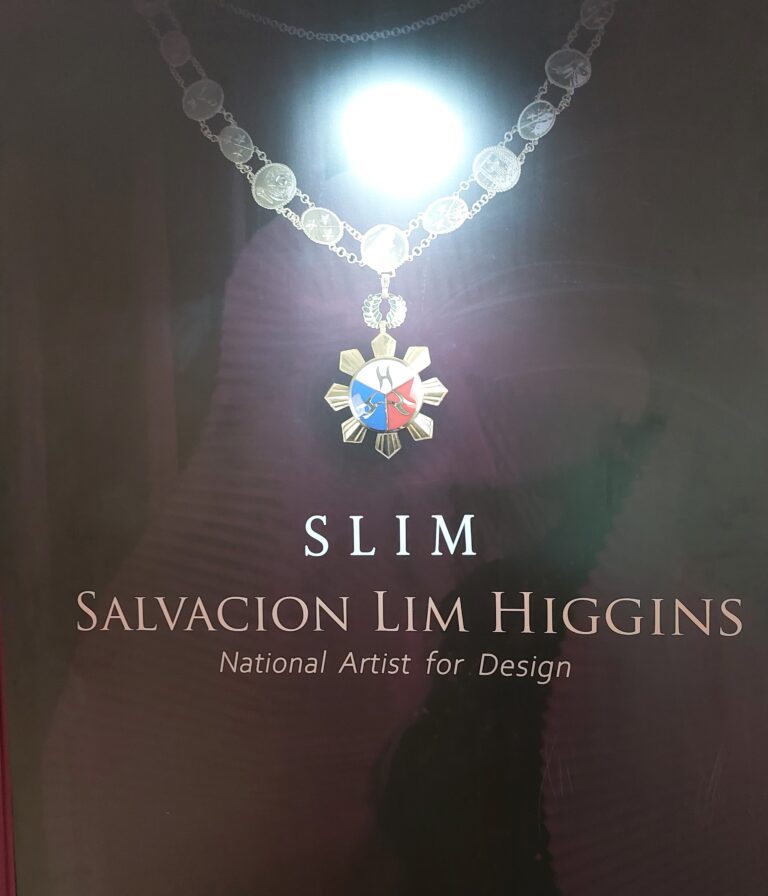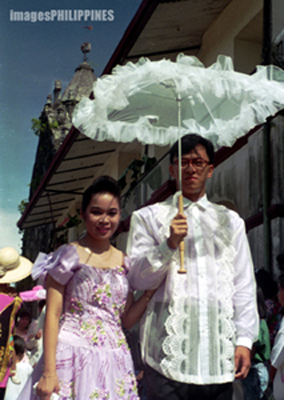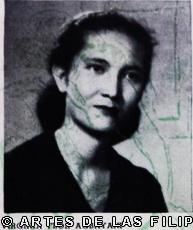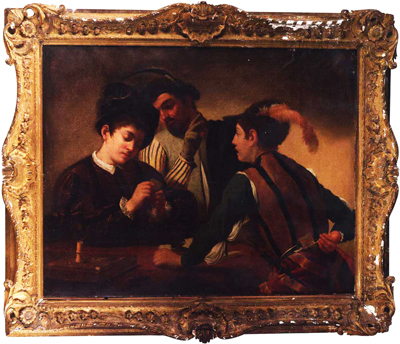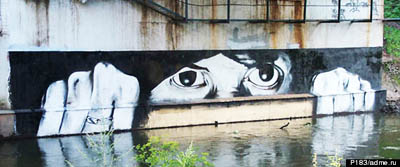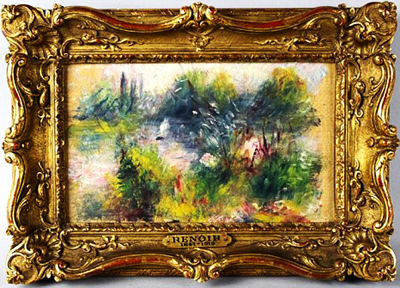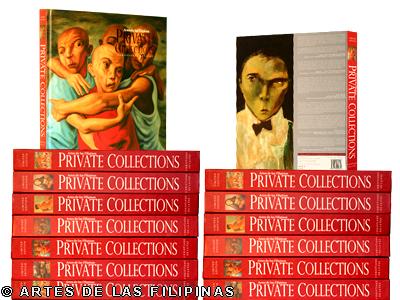The American Imperialism in the Philippines
It will be the duty of the commander of the forces of occupation to announce and proclaim in the most public manner that we come, not as invaders or conquerors but as friends…
McKinley, Benevolent Assimilation
21 December 1898
November 2013–American imperialism came to the Philippines at a time when the Filipinos were still euphoric at having declared their independence from Spain and the First Philippine Republic, led by General Emilio Aguinaldo, was savoring its taste of self-government. In his 21 December 1898 Benevolent Assimilation “proclamation,” US President McKinley, in the pretext of “coming as friends,” decides to “extend the area occupied by the United States, until then limited to the harbor, bay and city of Manila, over and into territory held by the Filipinos.” The United States, initially perceived by the Filipinos as an ally turned out to be the enemy when McKinley issued an order calling for the subjugation of the entire archipelago, after the 1898 Treaty of Paris ceded the Philippine islands from Spain to the US, in exchange for $20,000,000.
Once again, the hapless Filipinos found themselves facing new aggressors, leaving them no choice but to fight a second war for liberty that lasted from 1899-1902. The ill-equipped Filipino fighting forces bogged down by intrigues among its ranks and armed only with bolos and rifles they bought with their scant resources or captured from the Spaniards, were no match for the Americans superior arms and established military forces. It was a lopsided war; it was a bitter war that sent the Filipinos reeling from the barbarity into which it eventually degenerated. Aguinaldo’s capture in Palanan, Isabela in 1902 officially ended the Filipino-American War and restored peace to the islands. However this façade of peace and harmony could not mask the reality that the revolution was still being carried out in the battlefields by resistance groups who took to the hills and organized themselves under different leaders. The Americans labeled these Filipino patriots as insurrectos or bandits.
The coming of the Americans brought remarkable changes in the fields of education, health and sanitation and public administration in the country. All these proved to be effective tools in the new colonizer’s objective of creating a new consciousness that would answer the needs of a new colonial system.
Life under the United States became much more convenient and progressive for the illustrado class. Those who deserted their posts and cooperated wholeheartedly with the Americans were appointed to high positions in government. Those who remained loyal to the cause for freedom and self-rule espoused by the First Republic continued the struggle.
Until 1914 there were still active movements resisting American rule. In Samar, Gen. Vicente Lukban resisted the Americans and Gen. Miguel Malvar led his forces in Batangas. Still there were others like Gen. Luciano San Miguel and Faustino Guillermo in Rizal and Bulacan, the guerilla groups of Julian Montalan, Cornelio Felizardo and Macario Sakay in Rizal, Cavite, Laguna and Batangas. Simeon Ola’s group in the Bicol region and other smaller bands in Pangasinan, Zambales and Isabela.
Other resistance movements took on a quasi-religious character like the group led by Ruperto Rios in Tayabas, Felipe Salvador’s Santa Iglesia and Dionisio Magbuelas (Papa Isio) in Negros, the pulajanes of Cebu and Leyte and the Dios-Dios of Samar. Even the Muslims continued to defy American sovereignty and their last great battle was fought at Bud Bagsak in Jolo in 1913 where more than 600 Filipino Muslims died.
The Americans branded the leaders of these resistance movements as bandits or madmen, but the fact is these men rekindled the revolutionary spirit of the old Katipunan and had the devoted support of the masses. Others like Apolinario Mabini and Artemio Ricarte refused to swear allegiance to the US. Some of these “irreconciliables” were deported until decided to accept American sovereignty.



